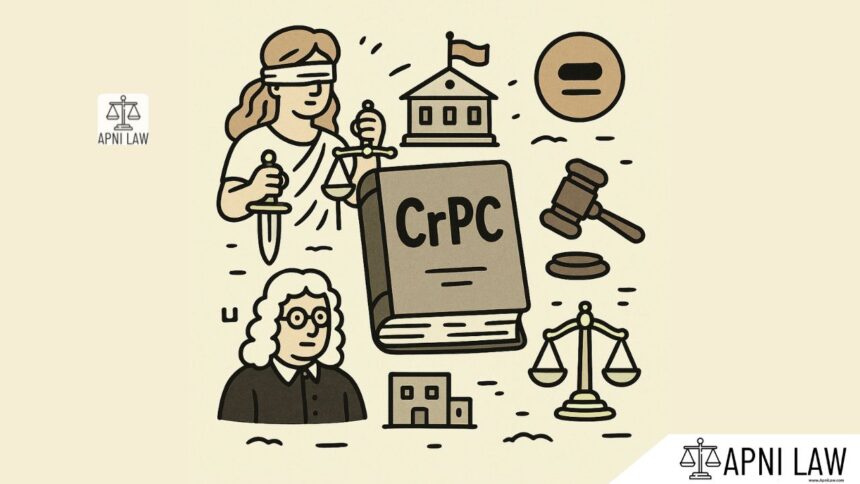Code
When any person for whose appearance or arrest the officer presiding in any Court is empowered to issue a summons or warrant, is present in such Court, such officer may require such person to execute a bond, with or without sureties, for his appearance in such Court, or any other Court to which the case may be transferred for trial.
Explain it
This section empowers a Magistrate to release an accused person on bail after arrest, provided the Magistrate is satisfied with the following:
- The accused is likely to appear before the court when required
- The accused is not likely to abscond
- The accused is not likely to commit any offense while on bail
- The accused is not likely to tamper with evidence or influence witnesses
The Magistrate may impose conditions on the accused’s release, such as:
- Furnishing a personal bond
- Furnishing a surety bond with a specified amount
- Reporting to the police station regularly
- Not leaving the jurisdiction of the court without permission
Illustrate it
Imagine a person is arrested for theft. The Magistrate, after considering the nature of the offense and the accused’s background, decides to release the accused on bail. The Magistrate may require the accused to furnish a personal bond and a surety bond of ₹10,000. Additionally, the Magistrate may order the accused to report to the local police station every Friday. These conditions are meant to ensure the accused’s appearance in court and prevent them from interfering with the investigation.
Common Questions and Answers
Q. Who can grant bail under Section 88 CrPC?
A. A Magistrate, as defined in the Code of Criminal Procedure.
Q. Can a person be denied bail under Section 88?
A. Yes, if the Magistrate believes the accused is likely to abscond or tamper with evidence.
Q. Can the conditions of bail be changed later?
A. Yes, the court can modify the bail conditions based on new information or changed circumstances.








